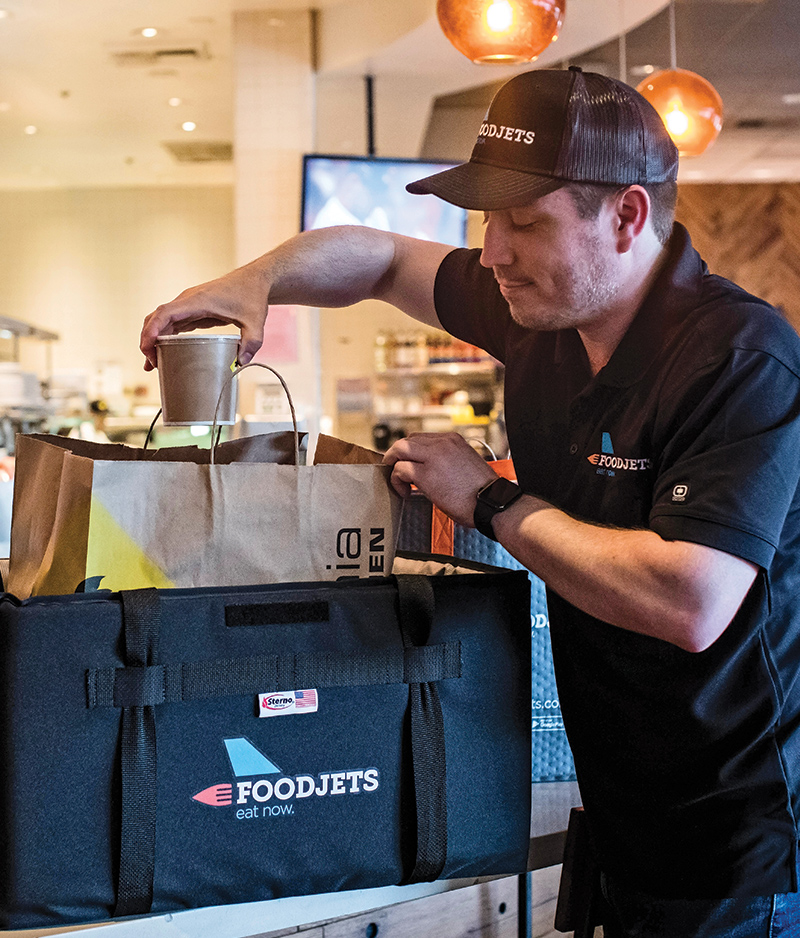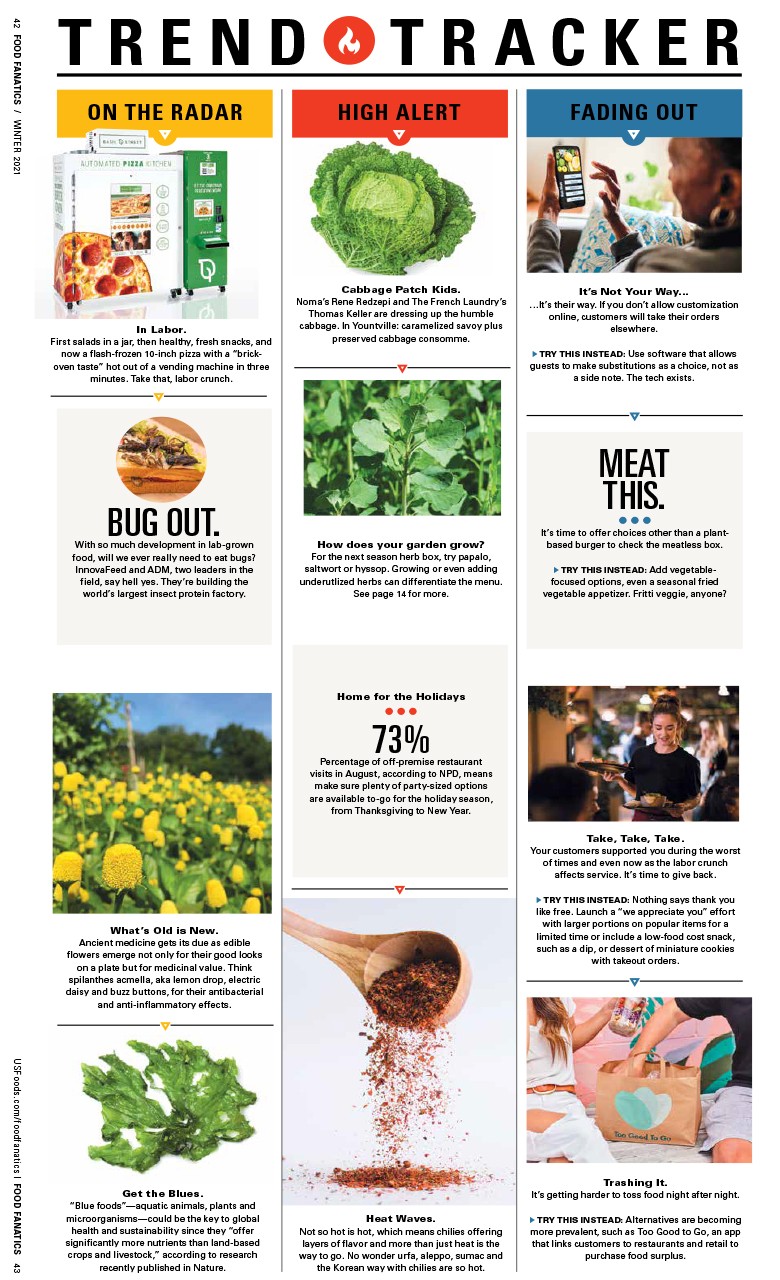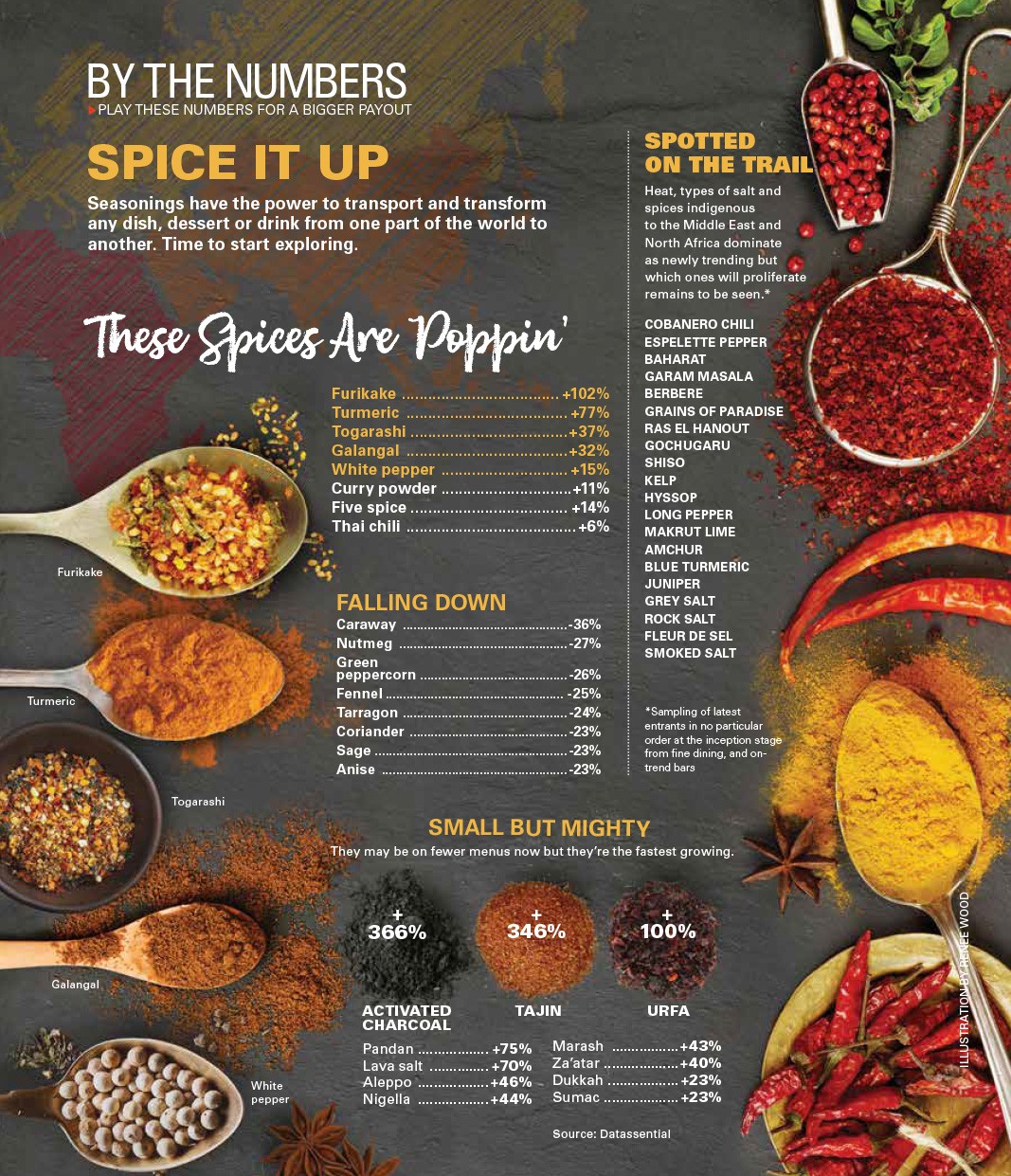AVOID THESE 5 DELIVERY & TAKEOUT FOOD SAFETY RISKS
Keep your customers and your reputation safe
Delivery and takeout customers have a piece of you, even when they’re not in the restaurant. A lot can happen to the order from the time your food leaves the line until it lands on their plate.
Common sense doesn’t always prevail with food safety, so it’s always better to err on the side of caution by reminding staff of potential dangers – especially when off-premise dining shows no sign of slowing. A refresher:
RISK: Tampered Takeout
No one wants to see posts on social media accusing the delivery driver of sampling the food.
SOLUTION:
Tamper-resistant packaging is an effective way to deter drivers from taking a taste, while reassuring the recipient that the restaurant is invested in good off-premise service. If the drivers are not employed by a third-party service, schedule a “ride along” to check for telltale signs of potential neglect, including traces of food, dirty napkins and an unkempt vehicle, says Francine Shaw, chief executive of Savvy Food Safety Inc., in Hagerstown, Maryland.
RISK: Slow Eaters
Even if your kitchen and couriers have done everything right, some customers get easily distracted and let their meals sit in their offices or on their kitchen tables for too long.
SOLUTION:
Include instructions. Consider adding a flyer or labels to your packaging, which advises diners on how to store food and handle leftovers. Icons or symbols help ensure universal understanding, says Mandy Sedlak, food safety manager for EcoSure. Basics instructions are best: eat food within two hours, or within one hour if the ambient temperature is above 90°F; refrigerate food that will be eaten later; and when reheating hot dishes, bring the temp to at least 165°F.

RISK: Food That Sits
The longer food waits for pickup, the greater the chance of bacterial contamination. The Food and Drug Administration warns that middling temperatures – between 41°F and 135°F – can be unsafe. Bacteria grows rapidly in this range, potentially doubling every 20 minutes, Shaw says.
SOLUTION:
Don’t pre-dress salads or sauce dishes. Package them separately in sealed containers, making sure not to pack cold items next to warm ones. Consider designating a takeout expeditor to keep outgoing orders flowing smoothly from the kitchen to a pickup station, while coordinating pickups with delivery drivers. BurgerFi, a Palm Beach, Florida-based chain, checks orders twice. “The first line of order accuracy is up to the quality-control position in the kitchen,” says BurgerFi Chef Paul Griffin, “and then it goes to the outside expediter for the second review.”
RISK: Invisible Foodborne Bacteria
You can’t smell danger, whether it’s from cross-contamination or bacteria growing from food that’s been left out too long. “People have the idea that whether food is dangerous or not has to do with, ‘Does it smell? Did you get dirt on it?’” says Shelley Feist, executive director of Partnership for Food Safety Education. “They don’t think about the fact that you can’t see, smell or taste pathogens that cause illnesses.”
SOLUTION:
EcoSure’s Sedlak says anyone handling food should wash their hands with soap and water before doing so. Also, avoid all bare-hand contact with cooked and ready-to-eat food while it’s prepared. If you’re using your own drivers, consider paying for specialized training. John Ryan’s company Sanitary Cold Chain offers food safety training and certification to drivers in a 60-minute webinar that covers sanitation, temperature control, auto cleanliness, illnesses, personal hygiene and care of the food.
RISK: One-Size Containers
Food crammed into tight containers tends to ooze out, while large containers allow food to slop around and lose its heat. Furthermore, says Lynn Dyer, president of the Foodservice Packaging Institute, improper packaging negatively impacts presentation. “Your meal,” says Dyer, “may show up on Instagram for the wrong reason.”
SOLUTION:
Take a cue from the pizza industry and find find food containers designed specifically for your offerings. “Choose a vented container that allows enough heat to escape so as to not compromise and sog up the texture of the food, but that holds enough heat so when the food reaches the customer, it’s still at a desirable temperature,” says Nate Pollak, the owner of The American Grilled Cheese Kitchen.



